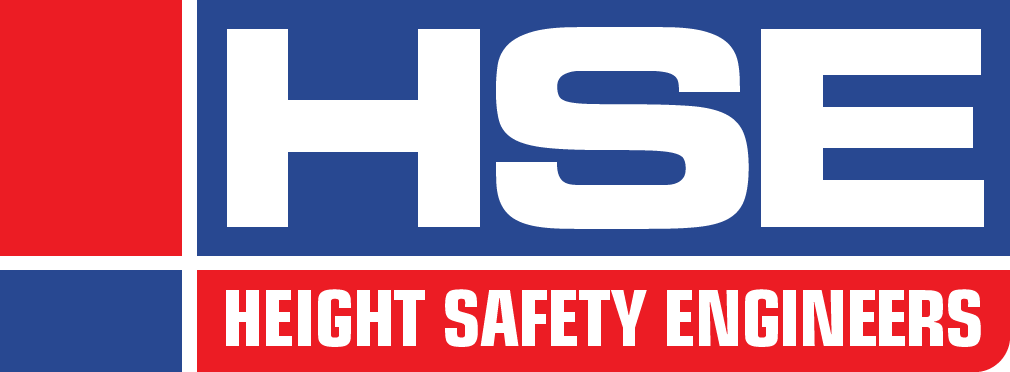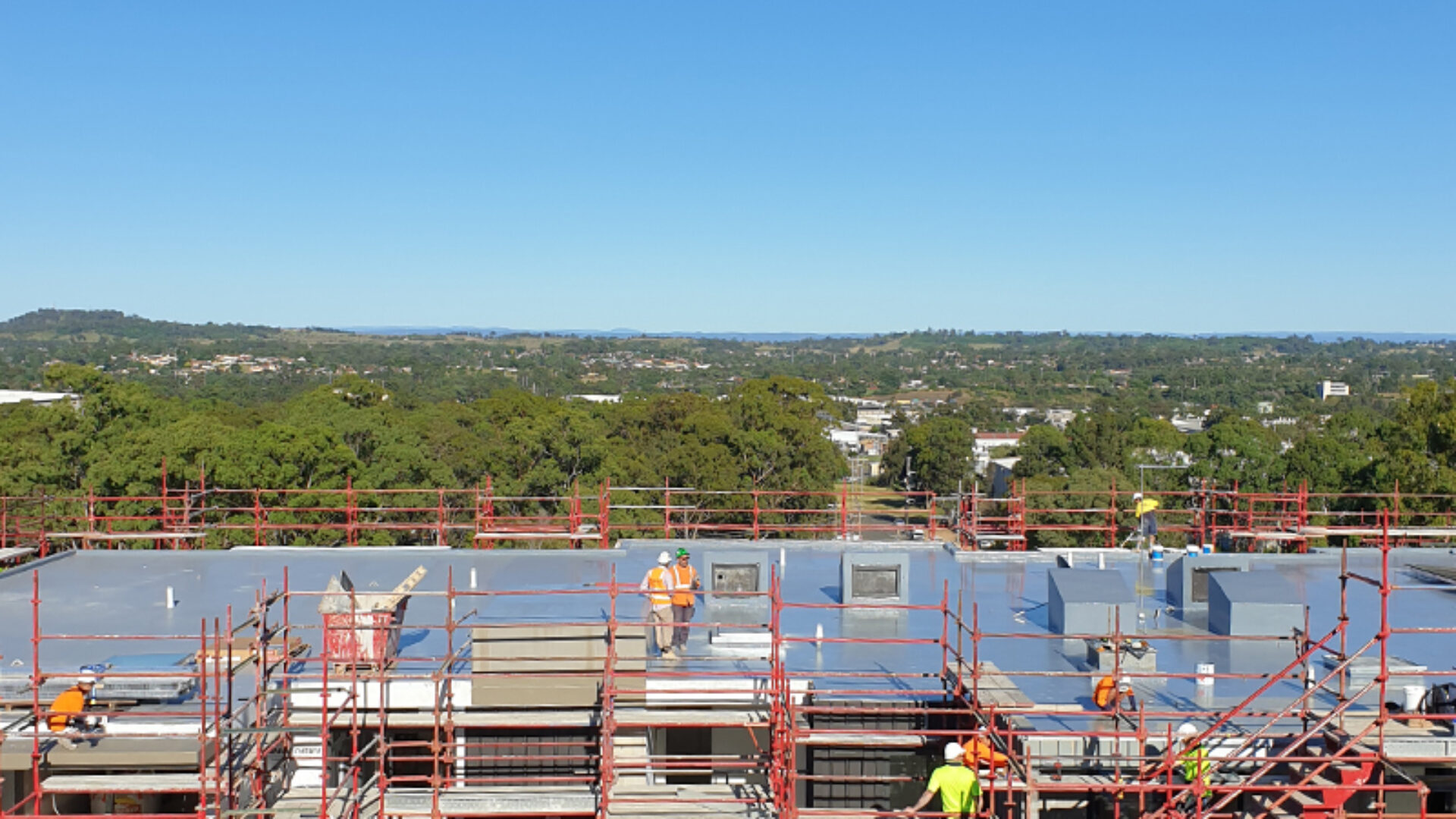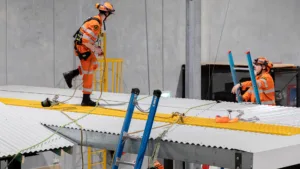Working at heights is one of the most common high risk work activities carried out in Australia. But mitigating all the risks associated with it can be incredibly complex.
Making sure that everything runs smoothly at your workplace can be a complicated enterprise, even in the smallest of businesses. Having people and equipment where they need to be, doing what they need to be doing, can be the sort of work that sends your hair grey.
The complexity only increases when needing to conduct work at heights becomes one of the necessary components of a job. Working at heights is one of the most common high risk work environments in Australia. Doing it safely requires the many different stakeholders that can exist – from building owners and facility managers down to the individual worker and every contractor in-between.
Ultimately, there are three core aspects of height safety that need to be addressed: Having safe places of work, creating safe methods of work and using safe work practices.
Variability in height safety
One of the most misunderstood and underappreciated aspects of height safety is the simple fact that people work at heights far more often than they think they do.
Under the Work Health and Safety Regulation 2017 (NSW), height safety has to be considered in any situation where there are “risks to health and safety associated with a fall by a person from one level to another that is reasonably likely to cause injury to the person or any other person.” (Part 4.4, 78(1)).
By wording the regulation like this, the precise definition for a fall risk becomes hard to define in simple terms. What constitutes a working at heights situation can become almost anything. To an extent, this is the point – falls from height occur in more places than just off roofs and ladders.
It is the responsibility of every workplace and every worker to ensure that all fall risks are identified and mitigated. This can be through the installation of a safety system, or simply using a procedure that is designed to minimise the risk of a fall.
Managing competing priorities in height safety
The other big issue that creates complexity when there is the need to complete work at height is the competing priorities that exist within just about every workplace.
For workers there is always the pressure to just get on and get the job done in the shortest amount of time possible. This pressure can result in shortcuts being taken or risks not being adequately considered before the task is started.
Employers and contractors are often looking for ways to reduce operating costs of their teams, along with maximising the amount of work completed in a day.
This can lead to work procedures being geared towards making sure work is just done, not necessarily done in the safest way possible.
It is important that everyone assists in creating a safe working environment. Although there is always time pressure to ensure that work is done the quickest way possible, the need to make sure that workers are protected from the safety risks (fall risks and others) is always present.
Systems and procedures should be put into place that promote timely and thorough addressing of safety risks as they are identified, ideally prior to work starting. Workers should be empowered to address safety issues before they start work or enter a dangerous area.
Employers and site managers should be receptive to these issues being raised, as ultimately it is workers that face the risk of an accident.
Standards and legislation
Adding into the mix of things that need to be considered when undertaking work at heights is the range of Australian standards, federal and state legislation that govern workplace safety. Some of these instruments govern general workplace safety, while others focus specifically on issues related to working at heights.
General workplace safety is covered by the Work Health and Safety Act 2011 (Cth), the Work Health and Safety Regulations 2011 (Cth) as well as version of the legislations for each state and territory.
For height safety, there are two main standards that govern how safety systems should be designed and installed.
AS/NSZ 1891 Industrial fall-arrest systems and devices is the most heavily used Australian standard. This document, comprising of four parts, contains material related to fall arrest harnesses (part 1), horizontal lifelines and rail systems (part 2), fall arrest devices (part 3) and the selection, use and maintenance (part 4).
The second most used standard is AS 1657 Fixed platforms, walkways, stairways and ladders – Design, construction and installation. This standard does a pretty good job of telling you what it is about in its name.
Putting it together
Creating a safe work environment requires balancing all these things together, and considering the unique needs of the site, the work being completed and the workers who are doing the work.
Long story short, there is never a one-size-fits-all or cookie cutter approach to creating safety in the workplace.
In our next blog post, we will look at the three core components of creating safe workplaces.





